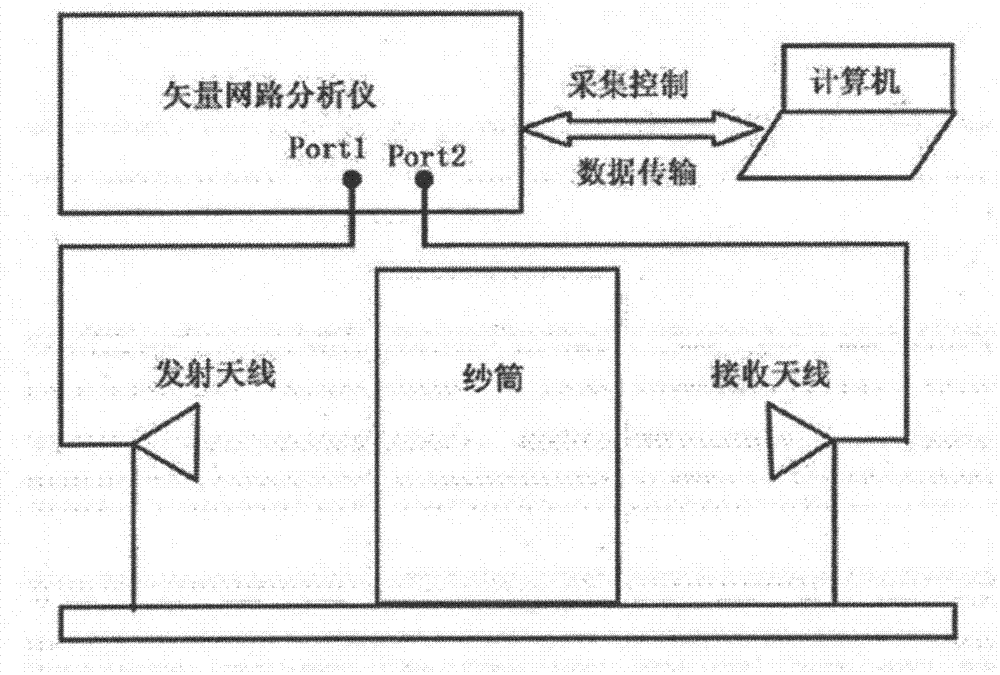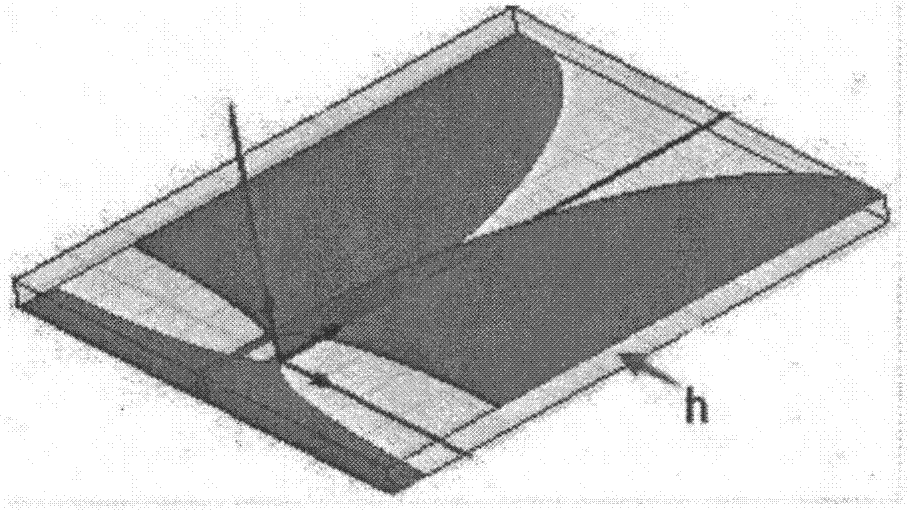Ultra-wideband microwave humidity detecting method based on machine learning
A technology of machine learning and humidity detection, which is applied in the direction of neural learning methods, instruments, and special data processing applications, etc., can solve the problems of increased humidity measurement error, single-frequency points are susceptible to external interference, and narrow detection range of humidity. Improved measurement range, good application prospects and high reliability
- Summary
- Abstract
- Description
- Claims
- Application Information
AI Technical Summary
Problems solved by technology
Method used
Image
Examples
Embodiment Construction
[0045] In order to make the present invention more obvious and comprehensible, preferred embodiments are described in detail below with reference to the accompanying drawings.
[0046] The present invention is based on figure 1 The microwave measuring device shown includes a pair of ultra-wideband antennas fixed on the upper side of the central axis of the measured object opposite to each other, and sends ultra-wideband pulse signals to the measured object through a vector network analyzer, and the opposite ultra-wideband antenna receives and transmits through the measured object. The signal of the measuring object; the center frequency and bandwidth of the microwave signal can be set according to the specific object to be detected. transmit and receive antennas.
[0047] A machine learning-based ultra-wideband microwave humidity detection method provided by the present invention includes the following steps:
[0048] First, the antenna yarn model was established using the e...
PUM
 Login to View More
Login to View More Abstract
Description
Claims
Application Information
 Login to View More
Login to View More - Generate Ideas
- Intellectual Property
- Life Sciences
- Materials
- Tech Scout
- Unparalleled Data Quality
- Higher Quality Content
- 60% Fewer Hallucinations
Browse by: Latest US Patents, China's latest patents, Technical Efficacy Thesaurus, Application Domain, Technology Topic, Popular Technical Reports.
© 2025 PatSnap. All rights reserved.Legal|Privacy policy|Modern Slavery Act Transparency Statement|Sitemap|About US| Contact US: help@patsnap.com



